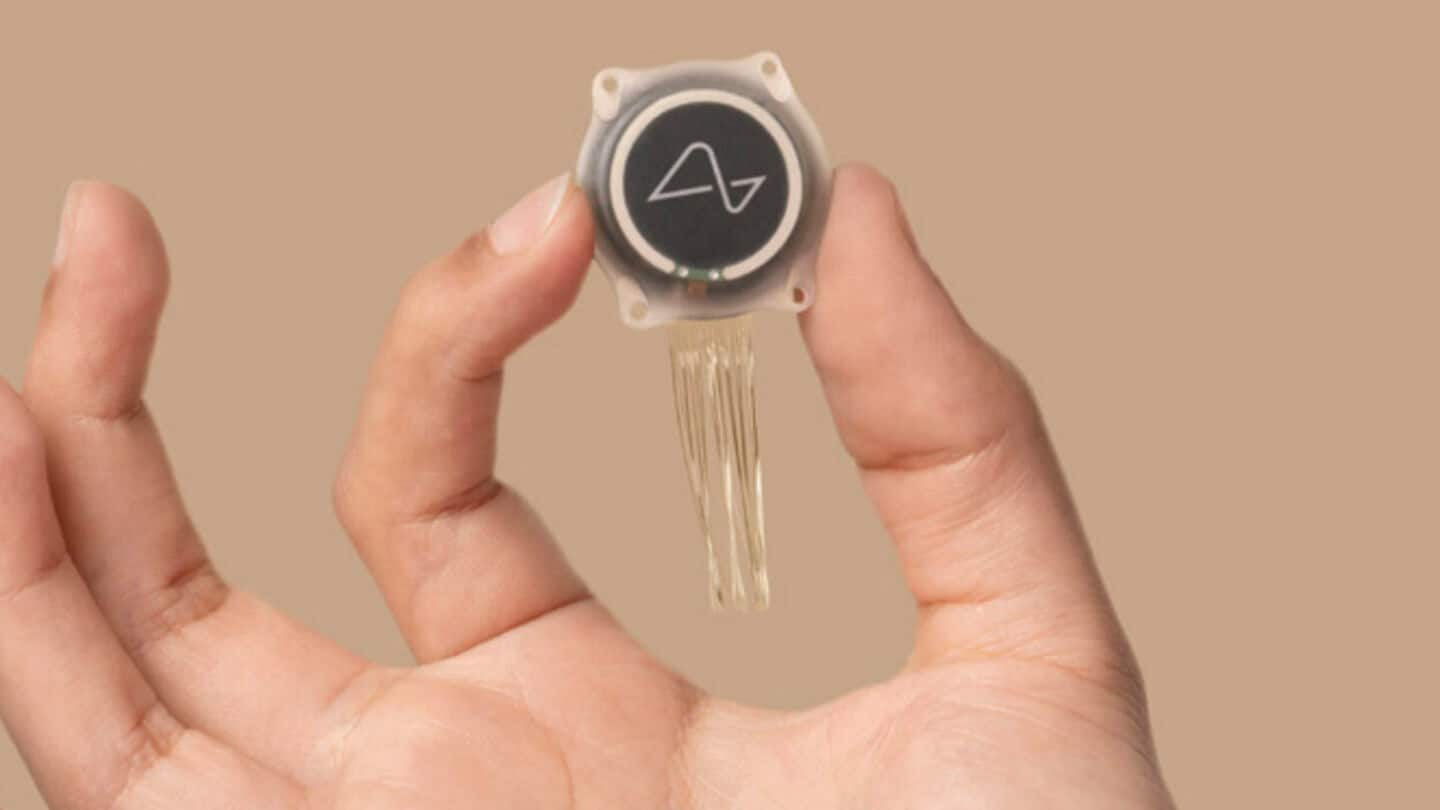
Neuralink stuns with live-demo of man gaming without physical inputs
What's the story
Elon Musk's brain-chip company, Neuralink, has made a major breakthrough in brain-computer interaction. In a recent Neuralink team meeting, the company demonstrated its technology by showing a patient controlling a computer game with his mind. The live demo featured a patient who had become quadriplegic due to a spinal cord injury, navigating a cursor across the screen with no physical input, simply by imagining movement.
Tech advancement
Patient plays chess, uses joystick with only his mind
The demo also showcased the patient playing chess entirely through neural signals, and later using a gaming joystick interface without physically touching any controls. This was possibly the first time an individual has moved a cursor on a machine using only his mind with no eye-tracking software or external hardware. The video highlighted how the chip translates electrical brain signals into digital commands, offering new hope to people with severe physical disabilities.
Chip performance
Sixth successful human implant for the company
Neuralink has confirmed that this was the sixth successful human implant, adding to its growing bank of live data from real-world use. The company also revealed that the chip had shown sustained neural activity, stability, and biocompatibility over time. These are crucial factors for long-term applications of this technology in restoring independence through thought alone.
Twitter Post
Take a look at the latest update from Neuralink
Watch the latest update from the Neuralink team. pic.twitter.com/mQzpTehqov
— Neuralink (@neuralink) June 27, 2025
Future vision
Musk envisions future where humans and computers can communicate
During an internal team meeting where the demo was presented, Musk expressed pride in the company's progress. He called it a "leap toward a future where humans and computers can communicate seamlessly." While the current focus remains on medical applications, the long-term goal is full human-machine integration. This vision has sparked renewed debate about the future of human-tech integration.
Public reaction
Critics point out potential risks
The demonstration of Neuralink's technology has sparked an emotional response from viewers, particularly the real-time interaction from a previously immobile individual. This has highlighted the enormous potential of this groundbreaking technology. However, critics remain cautious, pointing out the need for more clinical data and peer-reviewed studies to validate its effectiveness and safety in long-term applications.